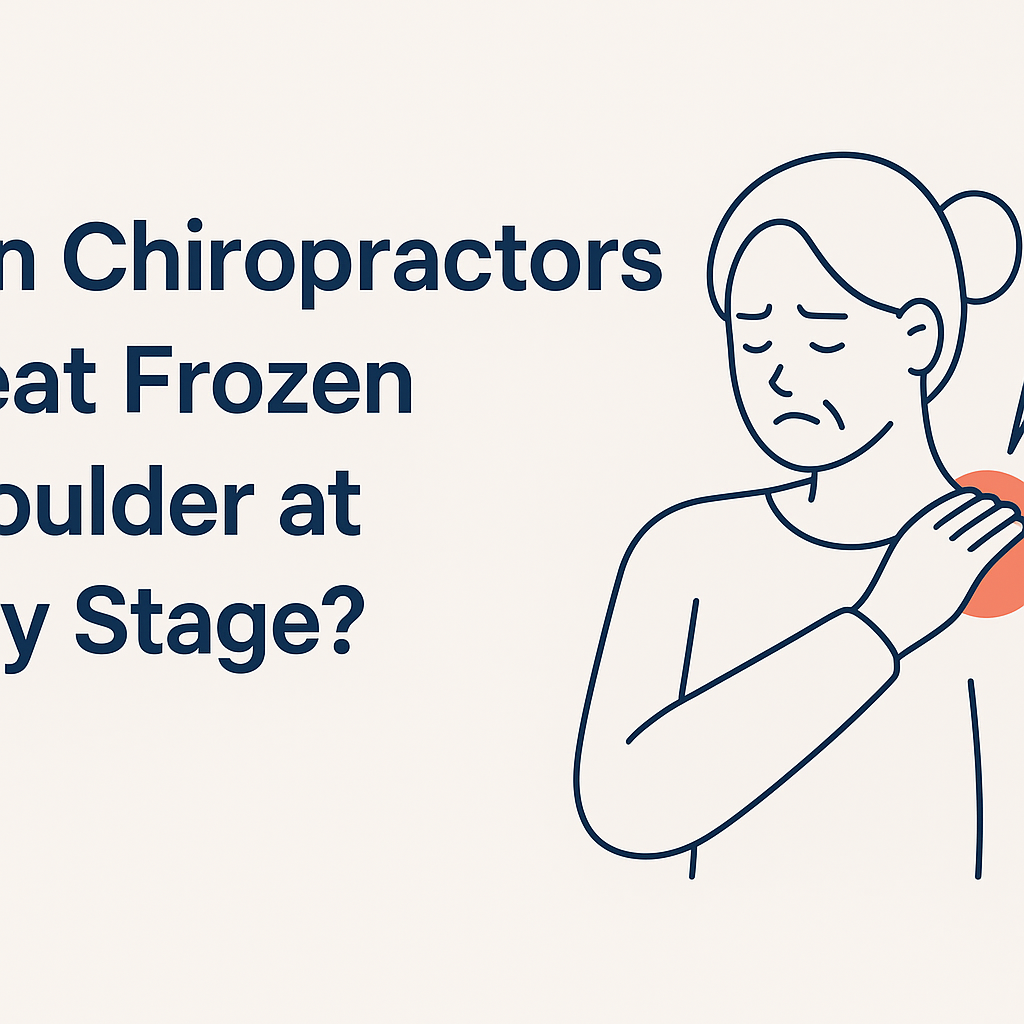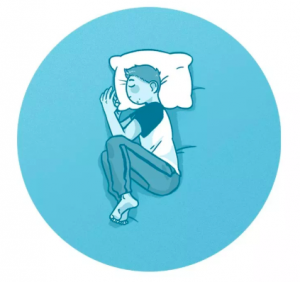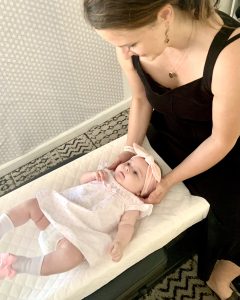Can Chiropractors Treat Frozen Shoulder at Any Stage?
Frozen shoulder, medically known as adhesive capsulitis, is a condition that causes stiffness, pain, and limited range of motion in the shoulder joint. It often develops gradually and can take months or even years to resolve. One of the most common questions patients ask is: can chiropractors treat frozen shoulder at any stage? The answer is yes — chiropractic care can be highly beneficial across all phases of this condition.
This article explores how chiropractic interventions, including the Graston Technique, can help relieve pain, improve mobility, and accelerate recovery from frozen shoulder.
Understanding the Stages of Frozen Shoulder
To determine how chiropractors treat frozen shoulder at any stage, it’s important to first understand the condition’s progression. There are typically three phases:
- Freezing Stage: Pain begins and shoulder motion becomes increasingly limited.
- Frozen Stage: Stiffness remains, but pain may lessen slightly. Movement is significantly restricted.
- Thawing Stage: Range of motion gradually returns, and pain continues to decrease.
Chiropractic care can be customized for each stage, making it a viable treatment option throughout the entire cycle of frozen shoulder.
Can Chiropractors Help During the Freezing Stage?
During the initial stage, inflammation and pain are most intense. Chiropractic care focuses on reducing inflammation, improving shoulder mobility, and preventing further restriction. Chiropractors use gentle mobilization techniques, soft tissue therapy, and stretching exercises to maintain shoulder movement and ease discomfort.
If you’re wondering can chiropractors treat frozen shoulder at any stage, the freezing stage is a critical window for early intervention to prevent long-term immobility.
Frozen Stage: Can Chiropractic Care Still Help?
Yes, absolutely. Although movement is more restricted in this phase, chiropractors can still provide relief. One of the most effective tools at this stage is the Graston Technique, a form of instrument-assisted soft tissue mobilization (IASTM).
This technique uses specialized tools to break down scar tissue and fascial restrictions around the shoulder. It increases blood flow, promotes healing, and improves joint function. Graston Technique therapy is often combined with manual stretching and shoulder adjustments to produce optimal outcomes.
Thawing Stage: Chiropractic for Full Recovery
As the shoulder begins to loosen, chiropractic care shifts toward restoring full range of motion and strengthening surrounding muscles. Chiropractors can guide patients through customized rehabilitation plans that include:
- Range-of-motion exercises
- Postural correction
- Functional movement training
- Continued use of soft tissue techniques like Graston
If you’re still asking, can chiropractors treat frozen shoulder at any stage, the answer continues to be yes — especially in the thawing phase, when long-term function and strength are critical.
What Techniques Do Chiropractors Use for Frozen Shoulder?
Chiropractors are trained to assess shoulder mobility, joint alignment, and soft tissue condition to create a tailored treatment plan. Common methods used include:
- Graston Technique: Breaks down scar tissue and improves circulation.
- Joint Mobilization: Enhances the range of motion in the glenohumeral joint.
- Myofascial Release: Releases tension in surrounding muscles.
- Postural Therapy: Corrects compensation patterns that worsen shoulder issues.
- Exercise guidance and at-home mobility drills.
These evidence-based strategies allow chiropractors to successfully treat frozen shoulder, no matter the phase.
Benefits of Chiropractic Care for Frozen Shoulder
So, can chiropractors treat frozen shoulder at any stage? Beyond just the ability, the real benefit lies in how chiropractic care supports recovery. Key benefits include:
- Non-invasive, drug-free pain relief
- Improved circulation and tissue healing
- Faster return to daily activities
- Reduced inflammation and joint stiffness
- Supportive care across all stages of healing
These outcomes are especially important for individuals looking for holistic and integrative solutions to shoulder pain.
Why Choose a Chiropractor at Custom Chiropractor?
At Custom Chiropractor, our experienced team is trained in advanced techniques like the Graston Technique and active release therapy. We take a comprehensive approach to musculoskeletal health, providing each patient with a personalized care plan tailored to the stage of their condition.
Our San Jose chiropractic clinic specializes in treating complex joint and soft tissue disorders, including frozen shoulder, with an emphasis on long-term recovery and prevention.
When Should You See a Chiropractor for Frozen Shoulder?
It’s never too early—or too late—to seek help. If you are experiencing:
- Shoulder stiffness or pain that limits movement
- Difficulty sleeping due to shoulder discomfort
- Loss of mobility after an injury or surgery
… then it’s time to speak with a chiropractor. Even if you’re in the later stages of frozen shoulder, targeted care can improve outcomes.
Conclusion: Can Chiropractors Treat Frozen Shoulder at Any Stage?
The answer is a resounding yes. Can chiropractors treat frozen shoulder at any stage? They can — and they do, every day. Through techniques like joint mobilization, soft tissue therapy, and the powerful Graston Technique, chiropractors are uniquely positioned to support patients through each phase of this painful and limiting condition.
Don’t let frozen shoulder define your daily life. Contact Custom Chiropractor today to schedule your consultation and begin your personalized recovery plan.






